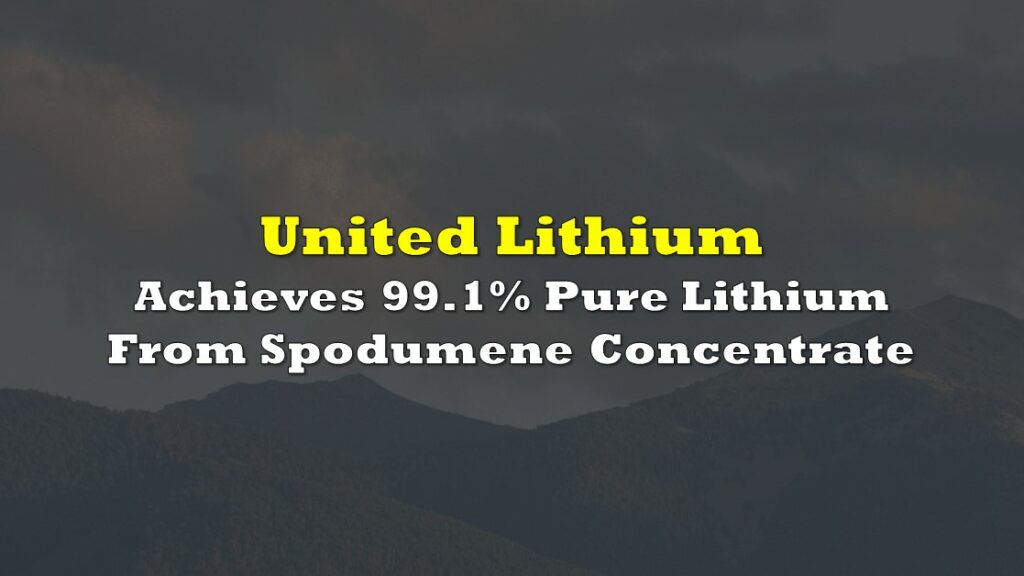In response to the surging global demand for lithium, researchers from West Virginia University (WVU) have delved into unconventional sources for this crucial element. Led by Professor Shikha Sharma, the team’s groundbreaking study explores the potential of organic-rich shale formations to serve as a significant reservoir of lithium, offering a sustainable alternative to traditional mining practices.
Presenting their findings at the upcoming European Geosciences Union (EGU) General Assembly 2024, the WVU research team sheds light on the untapped lithium resources within past industrial sites, such as mining operations. Their study suggests that organic-rich shale, abundant in the Appalachian Basin of the USA, could harbor substantial lithium reserves, intertwined with pyrite, a common mineral in such formations.
By examining fifteen Devonian shale samples collected from wells in the Appalachian basin, the researchers conducted sequential extraction processes to quantify lithium recovery from various rock-forming phases. Intriguingly, they discovered that samples with higher levels of pyrite exhibited the potential to extract up to 54 percent of the total lithium content, suggesting a previously unrecognized connection between lithium distribution and pyrite concentration.
However, the study also underscores the complexity of lithium movement within shale formations, particularly concerning the role of temperature and geochemical processes. While heating processes may influence lithium migration from smectite to illite clay minerals, the precise mechanisms by which lithium interacts with pyrite remain elusive.
Despite these uncertainties, the research team remains optimistic about the commercial viability of extracting lithium from organic-rich shale, particularly considering the prevalence of pyrite in the Appalachian Basin. They propose that drill cuttings from historical oil and gas operations could serve as ready-made samples for further testing, offering an avenue for sustainable lithium extraction without the need for new mines.
“This work is promising because it hints at the possibility that certain shales could be a lithium source that doesn’t require new mines,” said the researchers in a statement.
Lithium carbonate prices remained stagnant at CNY 115,000 per tonne, struggling to recover significantly after plummeting to below CNY 100,000 earlier this year, marking a two-and-a-half-year low. This stagnation was largely attributed to a combination of sluggish demand for electric vehicles and a pronounced oversupply of lithium to battery manufacturers. Despite a modest 14.7% increase in electric vehicle sales in China during the first quarter, the growth is a notable deceleration from the 20.8% growth observed in 2023 and well below the triple-digit surge witnessed in late 2022, and major producers were compelled to reduce prices.
This downward pressure on prices persisted despite Beijing’s introduction of incentives to stimulate consumer demand, as prevailing macroeconomic challenges in China tempered enthusiasm for significant purchases. Consequently, battery producers continued to capitalize on abundant inventories of both raw materials and finished products, a legacy of the supply glut triggered by extensive subsidies in 2022, opting to refrain from entering the market.
As a result of these developments, key industry players have projected ongoing surpluses of lithium in the global market extending until 2027, underscoring the enduring impact of current market dynamics on the lithium supply chain.
Information for this briefing was found via Interesting Engineering and the sources mentioned. The author has no securities or affiliations related to this organization. Not a recommendation to buy or sell. Always do additional research and consult a professional before purchasing a security. The author holds no licenses.









